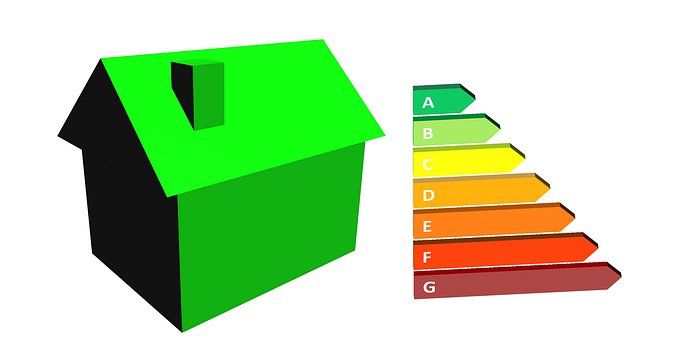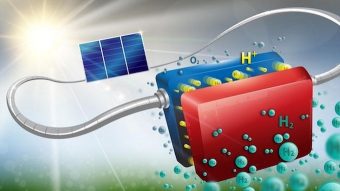
London has officially launched its first Low Emission Bus Zone, ensuring that only the greenest buses are allowed to travel through one of the capital’s pollution hot spots.
The new designation for Putney High Street, which was announced by Mayor Sadiq Khan yesterday, means the 145 buses on seven designated routes that run through the area have to meet tighter minimum standards for nitrogen oxide (NOx) emissions.
The changes to the bus fleet will be accompanied by new bus priority measures to ensure buses are less likely to be stuck in traffic.
“London’s toxic air is an outrage and I promised to make cleaning it up one of my top priorities,” Khan said. “Today, I’m delivering on that pledge by introducing our first ever Low Emission Bus Zone. I have asked TfL to remove the oldest, dirtiest buses from our streets and this new route, along with the 11 others we’ll be introducing, will make a big difference to the pollution caused by our public transport system.”
A further 11 zones are due to be introduced by 2020 with zones in Brixton and Streatham to come into effect from this October.
The Mayor’s Office said the initiative was part of a wider push to reduce air pollution and carbon emissions from the capital’s bus fleets through investment in new fuel cell, electric, and hybrid buses.
Khan has committed to phase out of all diesel-only buses and purchase only hybrid or zero-emission double-decker buses from 2018. He yesterday urged other cities around the world to work together to expand the market for ultra-low emission buses. “I now need other cities around the world to work with me to demand cleaner bus technology so we can phase out diesel buses altogether,” he said.
He also reiterated long-standing calls for the Westminster government to support efforts to tackle air pollution through a new scrappage scheme for diesel cars – calls that went unheeded in this week’s budget.
“I’m doing everything in my power to both transform London’s bus fleet and target areas with the worst pollution so that the streets we live and work in are better places to be,” Khan said. “However, I can’t do this alone. That’s why I am repeating my call to the government to take their responsibility seriously and introduce a national diesel scrappage fund to help get the most polluting vehicles off our roads and to give me the powers to tackle other sources of air pollution.”
The latest moves follow the launch of several electric-only bus routes and the unveiling of the capital’s first fuel cell powered double decker bus.
Source: businessgreen.com



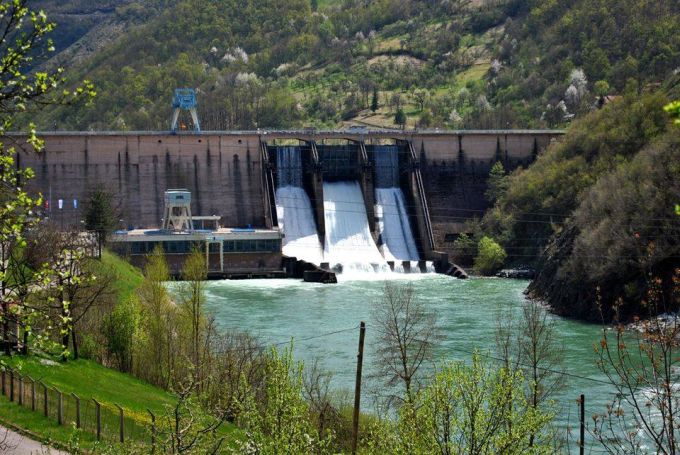
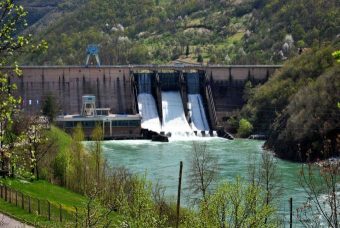
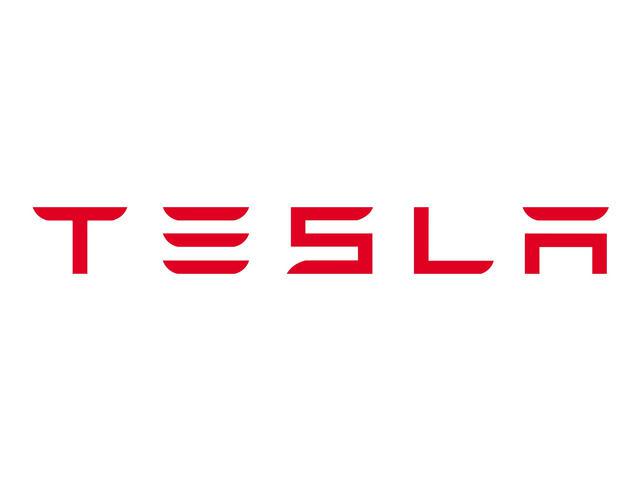


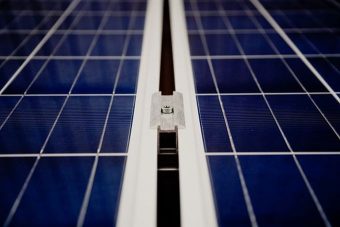



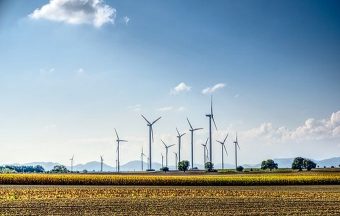

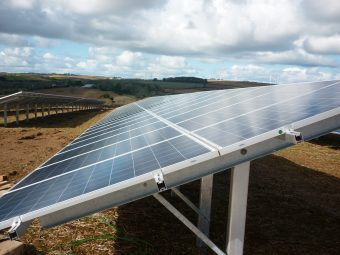





 The first house printed using mobile 3D printing technology has been built in Stupino town, Moscow region. The
The first house printed using mobile 3D printing technology has been built in Stupino town, Moscow region. The 





